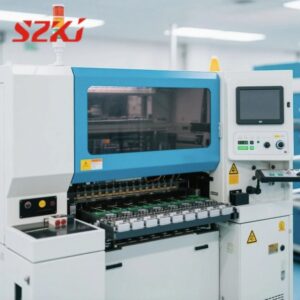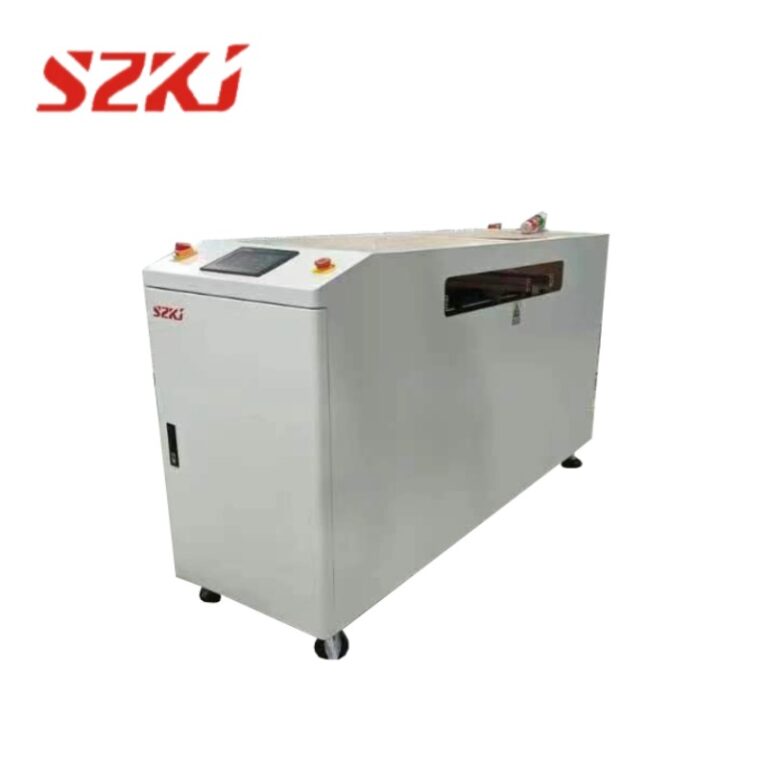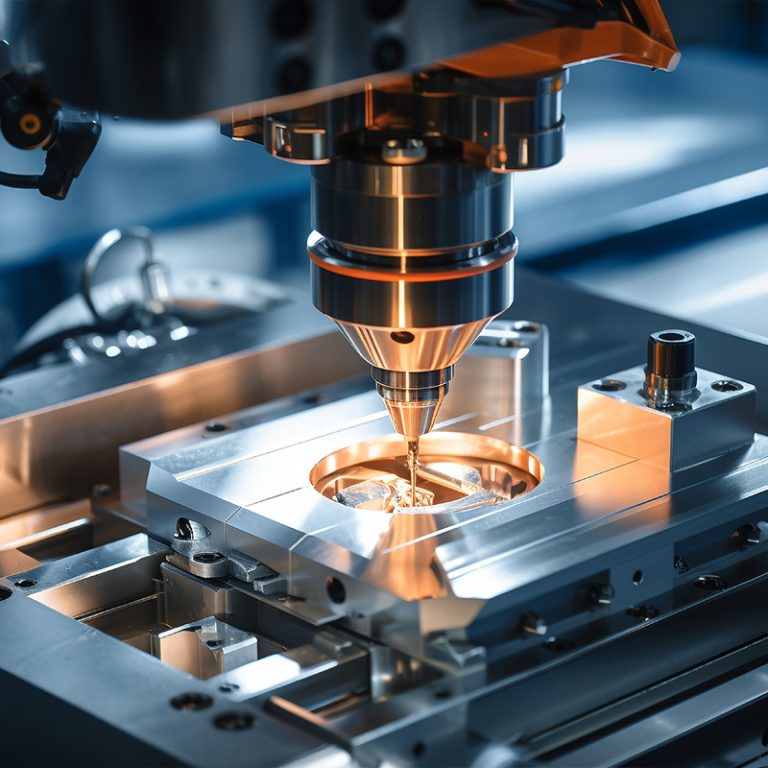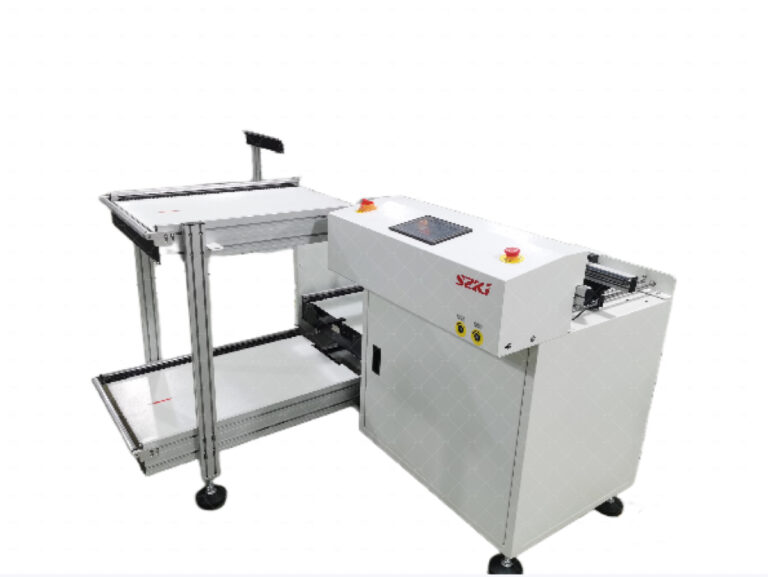Table of Contents
ToggleIn today’s fast-paced electronics industry, what SMT is is a frequently asked question among engineers, manufacturers, and tech enthusiasts alike. SMT stands for Surface-Mount Technology, a revolutionary method for assembling electronic circuits in which components are mounted or placed directly onto the surface of printed circuit boards (PCBs). The SMT meaning has grown to represent efficiency, compactness, and automation in modern electronics manufacturing.

A Brief History of SMT
Surface-Mount Technology was developed in the 1960s and gradually replaced the traditional through-hole technology (THT) by the 1980s. The transition was driven by the need for smaller, faster, and more reliable electronic devices. The older THT method required drilling holes in the PCB and inserting component leads, which was time-consuming and space-inefficient. SMT, on the other hand, allowed for higher component density and greater design flexibility.
SMT Meaning and Its Technological Advantages
The SMT meaning encompasses various advantages that make it the preferred choice in modern electronics assembly:
- Miniaturization: SMT components are much smaller than their through-hole counterparts, enabling the production of compact and lightweight devices such as smartphones, tablets, and medical instruments.
- Higher Component Density: SMT allows more components to be placed on both sides of the PCB, which significantly increases circuit complexity and performance without increasing size.
- Better Electrical Performance: Shorter lead lengths reduce parasitic inductance and resistance, making SMT ideal for high-frequency applications.
- Automation-Friendly: SMT processes are highly automated, increasing production speed, consistency, and cost-efficiency.
- However, the SMT meaning also involves recognizing certain limitations. SMT is less suitable for high-power or high-voltage applications. Additionally, manual prototyping and repairs can be difficult due to the small size and precision required.
Common Terminology in SMT
To better understand what is SMT, it’s helpful to learn some of the common terms associated with it:
- SMD (Surface-Mount Device): An electronic component designed for surface mounting.
- SMA (Surface-Mount Assembly): A fully assembled PCB using surface-mount components.
- SMP (Surface-Mount Package): The housing used to encapsulate and connect surface-mount components to the PCB.
These terms are central to the full SMT meaning, especially in professional environments.
SMT Assembly Process
The SMT assembly process includes several key stages:
- PCB Preparation: Solder paste is applied to the pads on the PCB using a stencil.
- Pick-and-Place: Automated machines place components onto the solder-pasted pads.
- Reflow Soldering: The PCB is passed through a reflow oven, where the solder paste melts and creates electrical connections.
There are multiple soldering techniques used in SMT, including:
- Infrared Reflow Soldering
- Convection Reflow Soldering
- Vapor Phase Soldering
When working with double-sided PCBs, one side is assembled and soldered first. The board is then flipped, and the second side is processed. Adhesives may be used to secure components during the second pass.
Post-Assembly Cleaning and Inspection
After soldering, PCBs must be cleaned to remove flux residues, which can affect performance. Cleaning can be done with solvents or deionized water. Inspection techniques include:
Visual Inspection
Automated Optical Inspection (AOI)
X-ray Inspection, especially for BGA packages
SMT Packages and Component Identification
SMT components come in various package types and sizes, such as:
- Two-pin and multi-pin packages(SOT, SOIC, QFP)
- Leadless packages like QFN
- Ball Grid Array (BGA)for high-performance chips
Component identification methods include:
- Resistors: Marked with 3-digit or 4-digit codes
- Capacitors: Often unmarked, but can be identified by package size
- Inductors: Identified by shape and printed codes
- Semiconductors and ICs: Labeled with part numbers and manufacturer codes
Pros and Cons of SMT
To fully grasp the SMT meaning, we must consider both its benefits and drawbacks.
Advantages:
- Higher reliability in shock and vibration environments
- Lower electrical resistance and parasitic effects
- Smaller and lighter components
- Cost-effective for mass production
Disadvantages:
- Not ideal for high-power components
- Difficult to prototype and repair manually
- Requires expensive equipment for assembly and inspection
In summary, what SMT is more than just a manufacturing method—it represents a crucial evolution in electronics. The SMT meaning includes miniaturization, precision, and efficiency, making it a foundation of modern electronics. As technology continues to advance, SMT will remain essential for industries like telecommunications, medical devices, consumer electronics, and automotive systems.
For businesses seeking high-quality SMT solutions, SZKJ stands out as a trusted partner. With years of experience in developing cutting-edge PCB handling equipment, SZKJ helps manufacturers achieve higher productivity and consistent quality in their SMT production lines.


-768x768.jpg)

